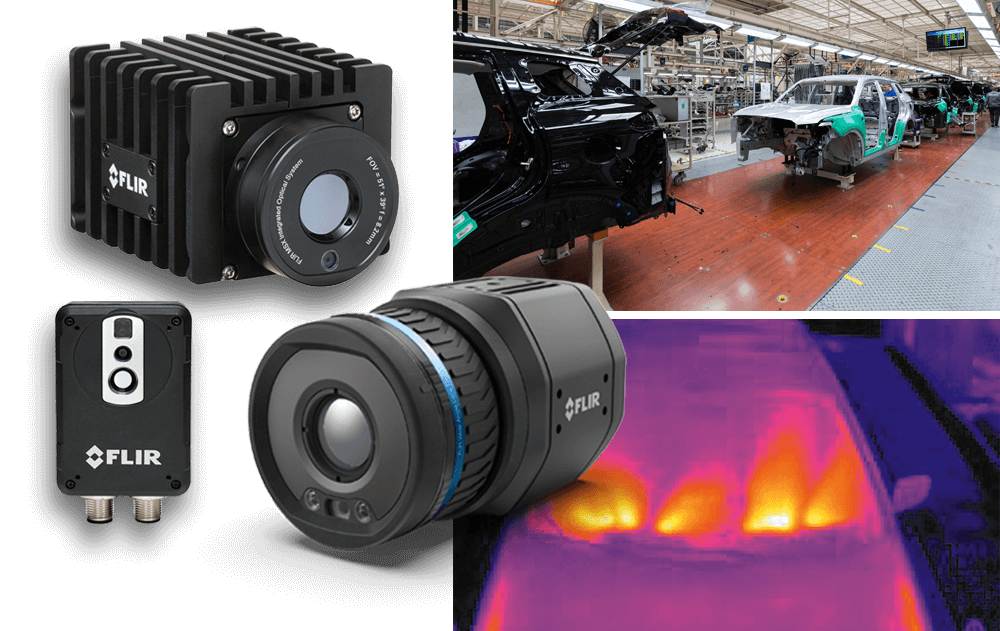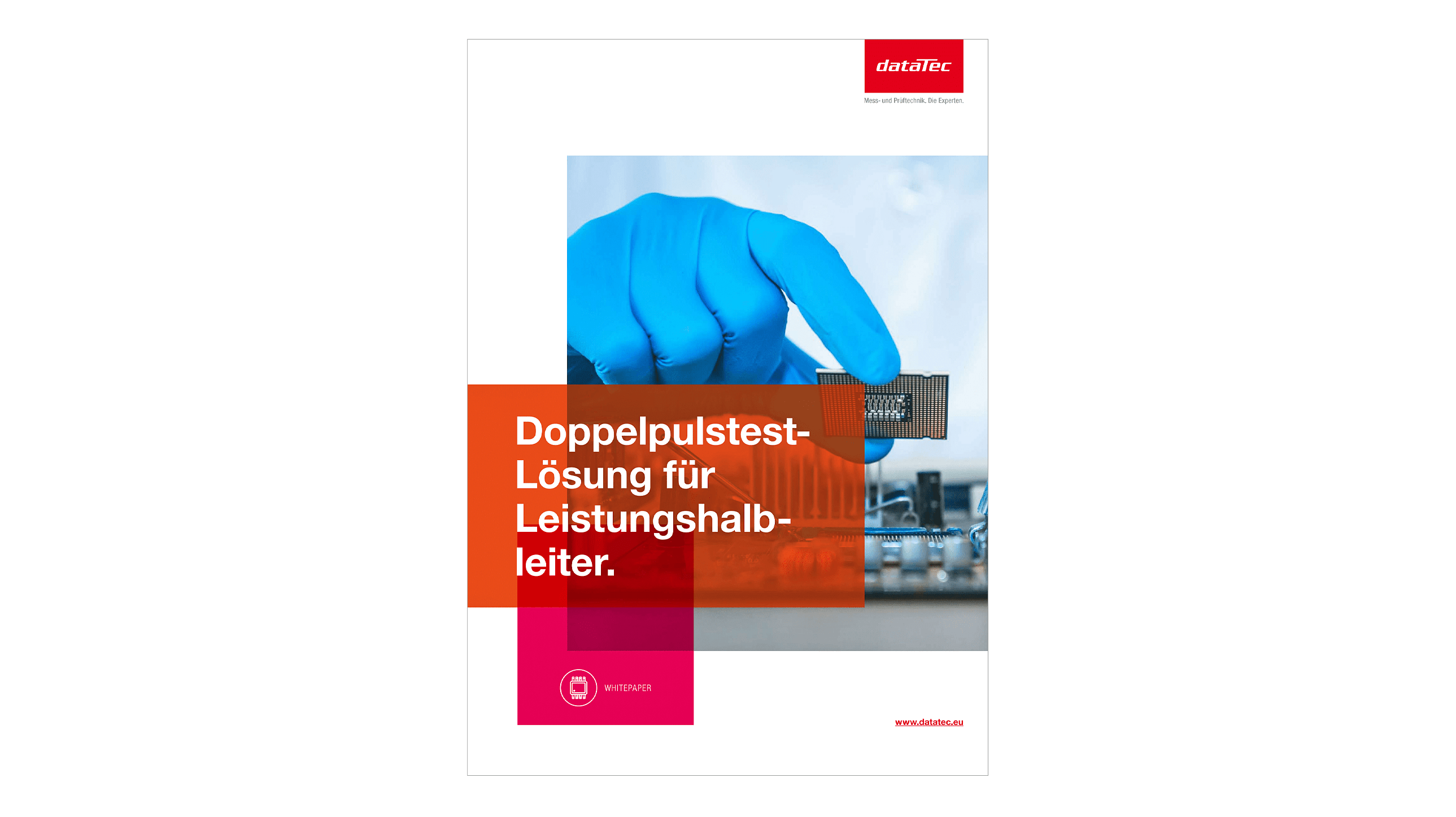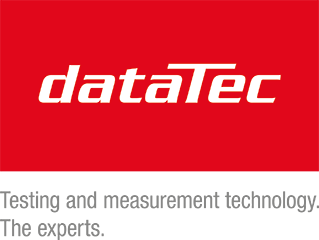#statusMessage#
Do you want to start the compare now?
#statusMessage#
Do you want to start the compare now?

With the increasing importance of renewable energies in the wake of climate change, solar energy is moving further into ...

The complexity of military radios and the often harsh weather conditions have a negative impact on the reliability of ra...

Automation with thermal imaging technology has proven to be a reliable solution for quality control in various industrie...

In diesem exklusiven Whitepaper erfahren Sie, wie Sie mit der richtigen Messtechnik arbeiten: ✔ Sie realisieren ein Test...
Manufacturer number: LCR-6100
| Accuracy: | 0,05 % |
|---|---|
| Article number: | 01CR610000GT |
| Compensation functions: | Yes |
| DC Bias: | internal: 2V / external with adapter: 40 V |
| Dimensions (L x W x H) (mm): | 312 x 265 x 107 |
| Displayable measurement parameters: | Cp, Cs, Lp, Ls, Rs, Rp |
| Handlerinterface: | Yes |
| Interfaces: | USB, RS-232 |
| Listsweep: | Yes |
| Measurement functions: | Z, L, C, R, DCR, LCZ |
| Model: | LCR-6100 |
| Resolution: | 4-Digits |
| Special features: | graphical representation with software |
| Testadapter: | Yes (Axial, Radial, SMD) |
| Testlimits: | Yes |
| Warranty (years): | 2 |
| Weight (kg): | 3 |
| max. Frequency range (MHz): | 0.1 |
| min. Frequency range (Hz): | 10 |
The series of LCR-6000 measuring devices is very compact and offers a rich portfolio of measuring functions. A 3.5-inch color LCD display ensures reliable reading of the measured values and the set parameters. Two measured values and two setting parameters can be displayed simultaneously. This simplifies the measurements and leads to faster classification of the measured values, especially when electronic components such as B. capacitors in sorting processes must be divided into different tolerance categories. A PASS / FAIL display is also helpful here, whereby the tolerance limits can be freely set.
Two zero-adjustment methods that cover the entire frequency range or specifically one measurement frequency are convenient for measurements. Users who change the connected test adapter without switching off the device can change the frequency within the frequency range and carry out measurements. The repetitive "zero adjustment" can save considerable time. In addition, the frequency ranges can be called up continuously, which allows the user to set precise measurement frequency values with which the component measurements are carried out.
This series offers further possibilities for material tests such as: B. Automatic level control (ALC) to stabilize the test voltage when measuring ceramic multilayer capacitors (Multi-Layer Ceramic Capacitor / MLCC) or when measuring inductances by using the individually adjustable test current value to determine the DC Resistance of the winding body can be fixed. An integrated ± 2.5 V bias voltage source is available for material testing. Optional adapters that provide either ± 45 V or ± 2.5 A can be connected to the device. To determine trends in DUTs (Device under Test), measurement parameters can be saved in 10 levels, which offers the user the option of different parameter value sets for e.g. B. to set frequency, voltage and current.
Up to 10,000 measured values can be stored in the measured value memory for repetitive measurements that can be read out via the USB interface on an external memory (USB stick) without having to connect a PC. Likewise, the respective display values and setting parameters can be transferred to the external memory via the USB interface.
For automated tests in production, the LCR-6000 series is equipped as standard with a handler interface, via which 9BIN, AUX: 1BIN can be used to select the tested components. Overall, the measured components can be assigned to 10 tolerance classes (10BIN). The device is programmable via the integrated RS232 and USB interfaces and the measured values can also be read out. A freely available software enables the user to automatically save the measured values, which saves program development time.
This LCR6000 device series is used in the development, production, quality control and sorting of manufactured components.


